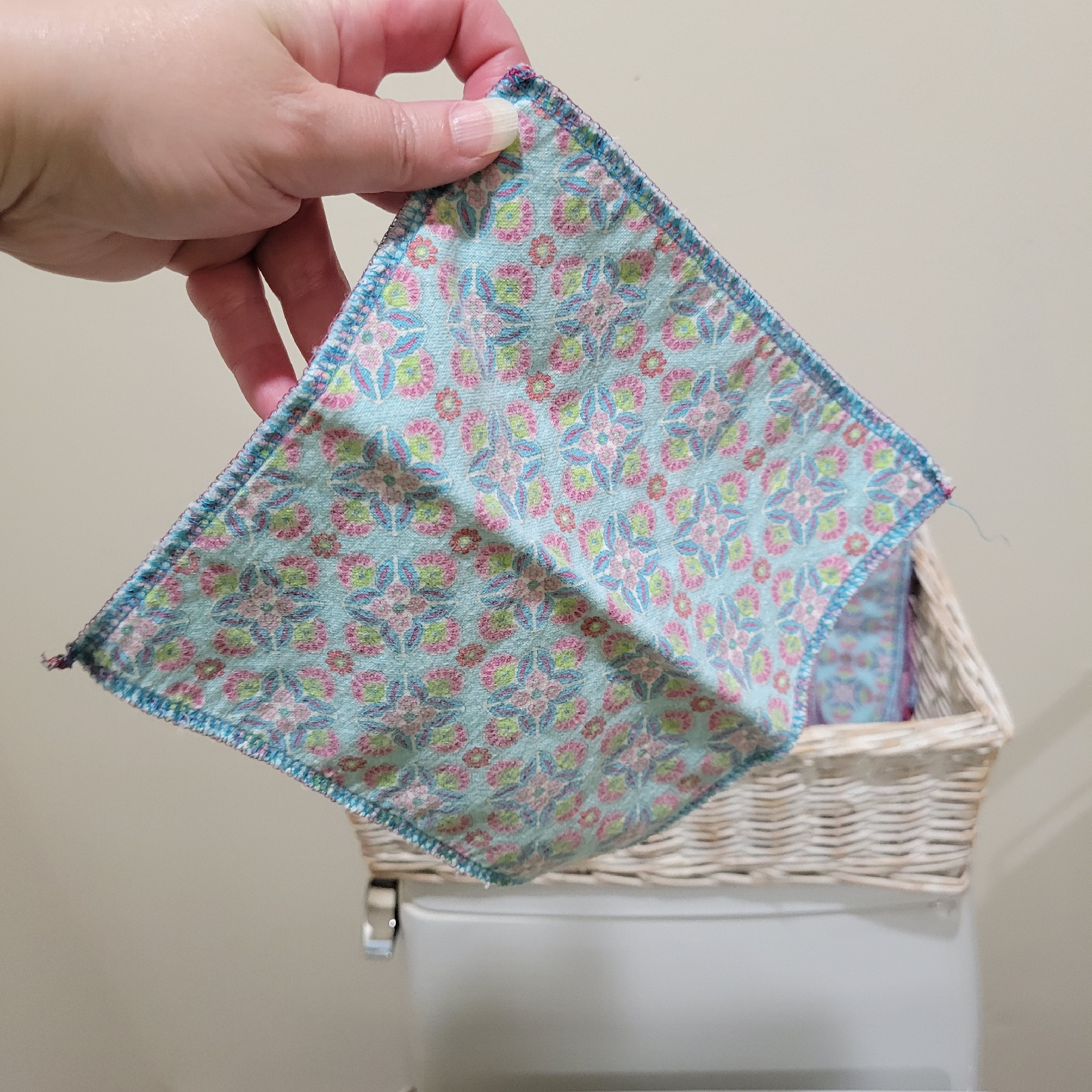Please welcome Dana to my Blog today!
Dana Miller Coastside Quilt Studio & Dana Miller Fiber Arts -------------------------- danamillerfiberarts.com @danamillerfiberarts & @coastsidequiltstudio on Instagram
Earth Day is a time for us to reflect on our impact on the planet and find ways to reduce our environmental footprint. One way we can do this is by repurposing items we already own, rather than buying new ones. Making a t-shirt quilt is a great way to preserve our memories of things or people, which allows us to look back and appreciate our life. By repurposing clothing that may have otherwise ended up in a landfill, we have now upcycled that clothing into a quilt that can be used on a bed or couch.
Tshirt Quilt for a Bar Mitzvah Gift
Making a t-shirt quilt can help reduce landfill waste in a few ways:
First, when we throw away old t-shirts, they end up in landfills where they take up space and can take a long time to decompose. By repurposing these old t-shirts into a quilt, we are giving them a new life and keeping them out of the landfill.
Second, the production of new textiles contributes to environmental pollution through the use of resources like water, energy, and chemicals. By reusing old t-shirts instead of buying new fabric, we are reducing the demand for new textiles and the environmental impact of their production.
Finally, when we make a t-shirt quilt, we are creating a durable and long-lasting item that can be used for many years. This means that we are reducing the need for people to buy new blankets or comforters that would eventually end up in the landfill.
Memory Quilt made from a father’s clothing who passed away.
Creating a tshirt quilt is a perfect activity for those who are new to quilting or looking for a creative way to upcycle their old t-shirts. Sports we participated in, concerts we attended, or the clothing from a loved one who has passed are just a few ideas of what a t-shirt or memory quilt can consist of.
The first step in making a t-shirt quilt is to gather your materials. You'll need old t-shirts/clothing, a rotary cutter, a cutting mat, a ruler, and a sewing machine.
Once you have your materials, you'll need to prepare the t-shirts. Cut out the front and back of each t-shirt and discard the sleeves and collar. If the design on the t-shirt is smaller than the size you want for your quilt squares, you can add additional fabric to make up the difference.
Next, cut the t-shirt squares to the same size using your rotary cutter and ruler. You can choose any size you like, but 12-inch squares are a good size for a cozy quilt. Be sure to leave a ½” seam allowance around each square.
Tshirt Quilt for an Graduation Gift
Once you have all of your squares cut out, you will need to back them with a sturdy iron on interfacing to stabilize the fabric. Then you can start piecing them together. Lay out the squares in the pattern you want, and then sew them together in rows using a ¼” seam allowance. Press the seams to one side as you go along.
Once you have all of your rows sewn together, you can start sewing the rows together to form the quilt top. Again, be sure to press the seams to one side as you go along.
Once your quilt top is complete, it's time to add the batting and backing. You can use any type of batting you like, but cotton batting is a good choice for a lightweight quilt. Cut the batting and backing so they are 2-4” larger than your quilt top, and then layer them together with the quilt top on top.
Baste the layers together by smoothing them out and pinning with safety pins. Then quilt the layers together using your sewing machine or by hand. You can choose any quilting pattern you like, but a simple straight stitch works well.
Once you've finished quilting, trim the edges of the quilt and bind it using your favorite binding method. And voila! You now have a beautiful and cozy t-shirt quilt that you can enjoy for years to come.
Remember, the small blue dot in all of space that we know of, is the only place that can support human life. Let’s all do our part to preserve our beautiful planet.
Tshirt and memory quilts are my specialty! Please contact me if you would like to have one made!
Dana Miller
dana@danamillerfiberarts.com
Tshirt Quilt for an 18th birthday gift
Preserving the memories of their father
Upcycling denim jeans into a quilt
Disclosure: This post may contain affiliate links. These links provide me with a small compensation if you make a purchase using my link. There is not cost to you when you do this. My thoughts and opinions given in this blog post are mine.






































